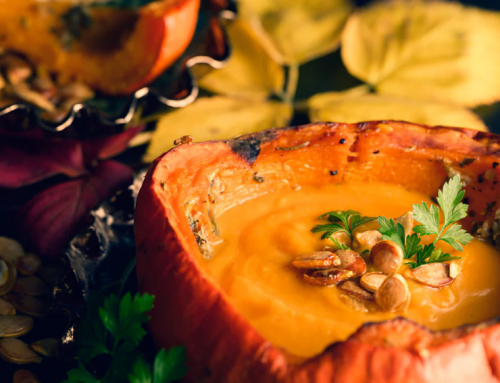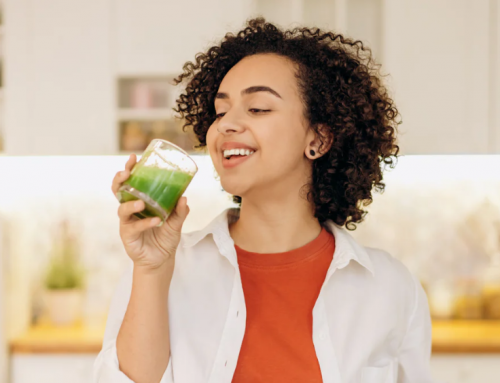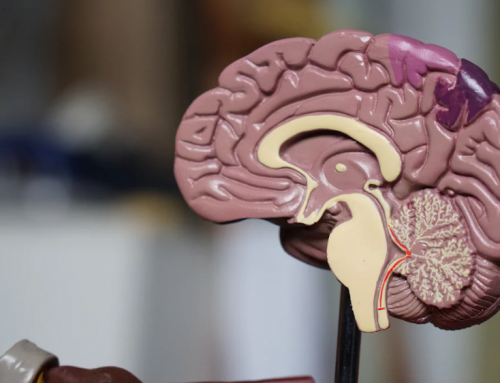Astaxanthin, 3,3′-dihydroxy-4,4′-dione-β,β’-carotene, is a terpene-based unsaturated compound having a chemical formula of C40H52O4. Astaxanthin is widely found in nature, such as in most crustaceans and carps, in the leaves, flowers, and fruits of plants, and in the feathers of flamingos. Haematococcus Pluvialis is the highest content of astaxanthin and is the most abundant species of known astaxanthin-complexed organisms. It is recognized as the best organism for producing natural astaxanthin in nature. Astaxanthin has many physiological functions, such as antioxidant activity. It is the strongest natural antioxidant found in nature so far. It is known as super “VE” and its antioxidant activity is 1000 times that of natural VE. β-Carrot 10 times the prime. Natural astaxanthin is widely used as an antioxidant in the cosmetic/skin care industry due to its superior antioxidant function; as a composite functional additive widely used in the health care products, food or beverage industry; as a natural colorant for aquatic products, meat Eggs, and food coloring.
👉The role of astaxanthin👈
- For the benefit of cardiovascular and cerebrovascular, astaxanthin can significantly prolong the lag time of low-density lipoprotein oxidation, which is beneficial to the protection of the heart.
- Diabetes prevention, astaxanthin has a protective effect.
- hypertension
- Enhance immunity
- reduce the risk and possibility of infertility
- protect the internal organs of the body, especially the liver
- relieve and treat ulcer symptoms
- Resistance and defense against cancer











